Experience Ukiyo-e Making in Tokyo Before It Regains Attention
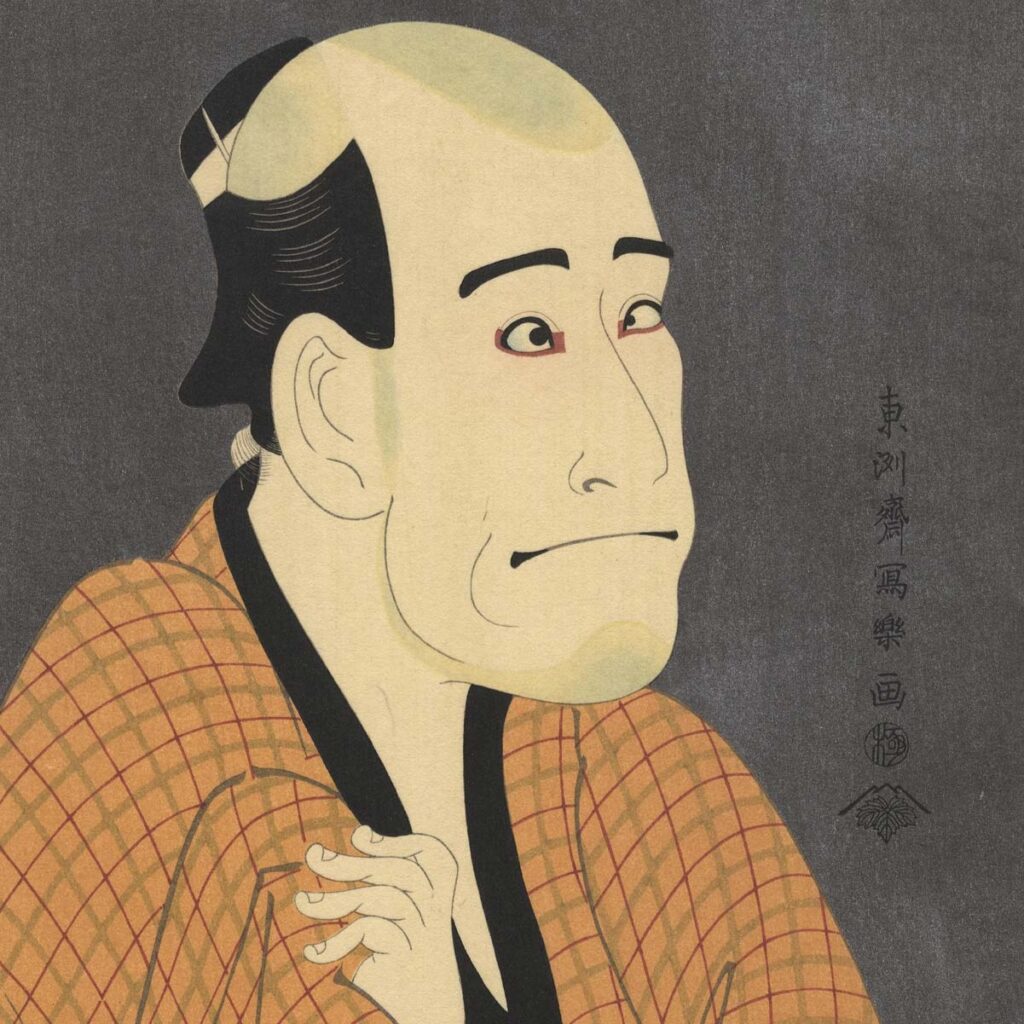
I visited the “Edo Woodblock Print: Publisher’s Work” exhibition organized by Takahashi Kobo (March 18th to 20th, 2024). The venue for this exhibition was the former residence of the renowned geisha singer Ichimaru. Takahashi Kobo is the oldest Edo woodblock print studio in Japan, where we offer ukiyo-e printmaking experiences. Established during the Ansei era (1855-1860), Takahashi Kobo (Studio) began as a printing studio and later expanded to include publishing.
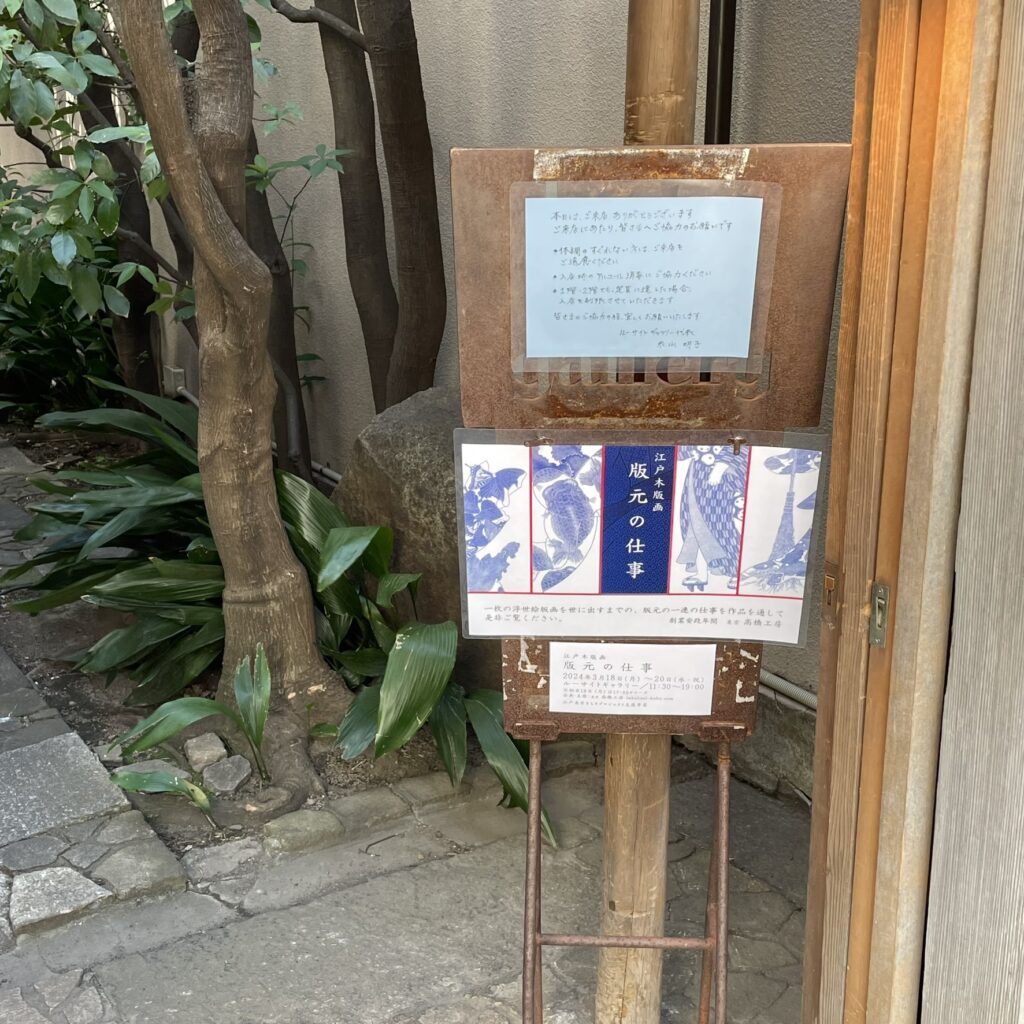
The “Edo Woodblock Print: Publisher’s Work” exhibition showcased a wide range of prints from the Edo period to contemporary works by modern artists, providing valuable insights. As part of this exhibition, Takahashi Workshop showcased a new initiative by transferring Edo-style art onto small plates made of Hasamiyaki pottery from Nagasaki Prefecture. Unfortunately, photography was not allowed, so I cannot share images of these remarkable works. I recommend visiting the exhibition in person to appreciate them fully.
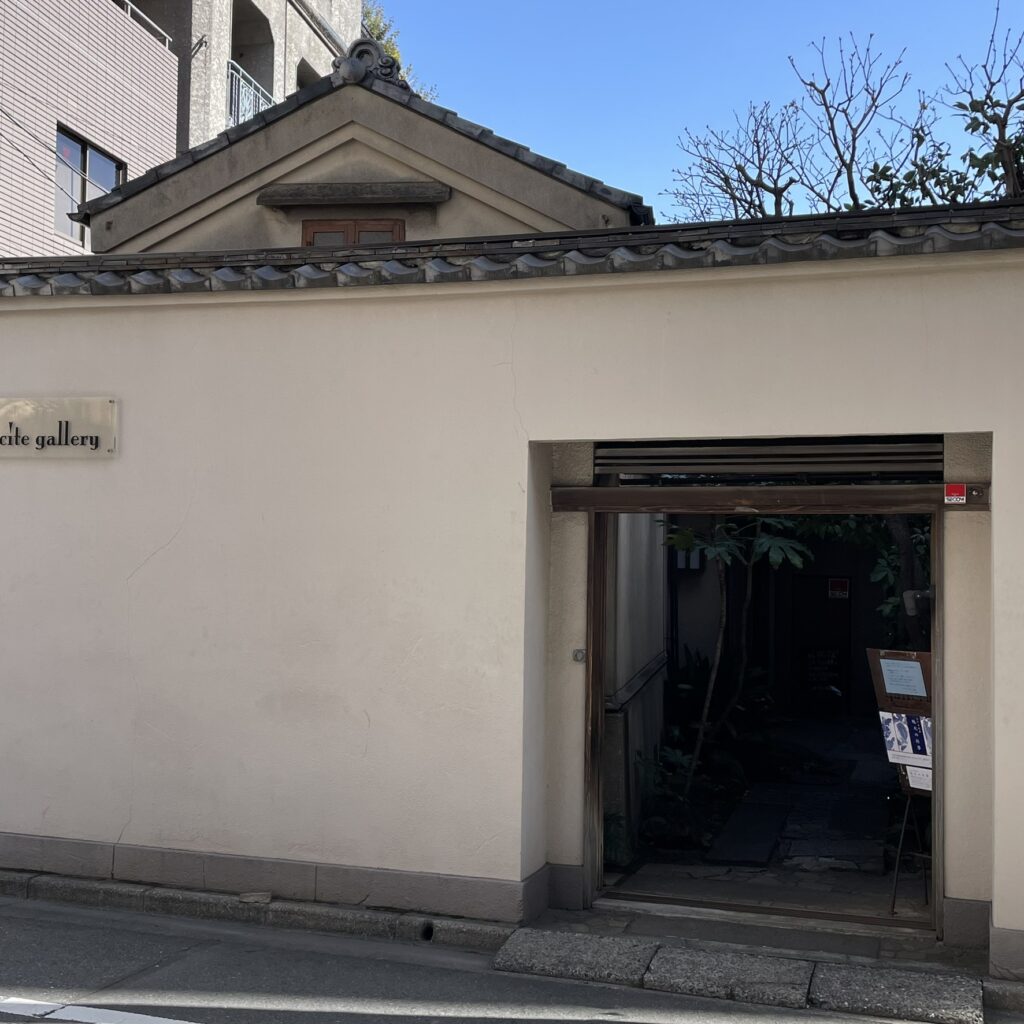
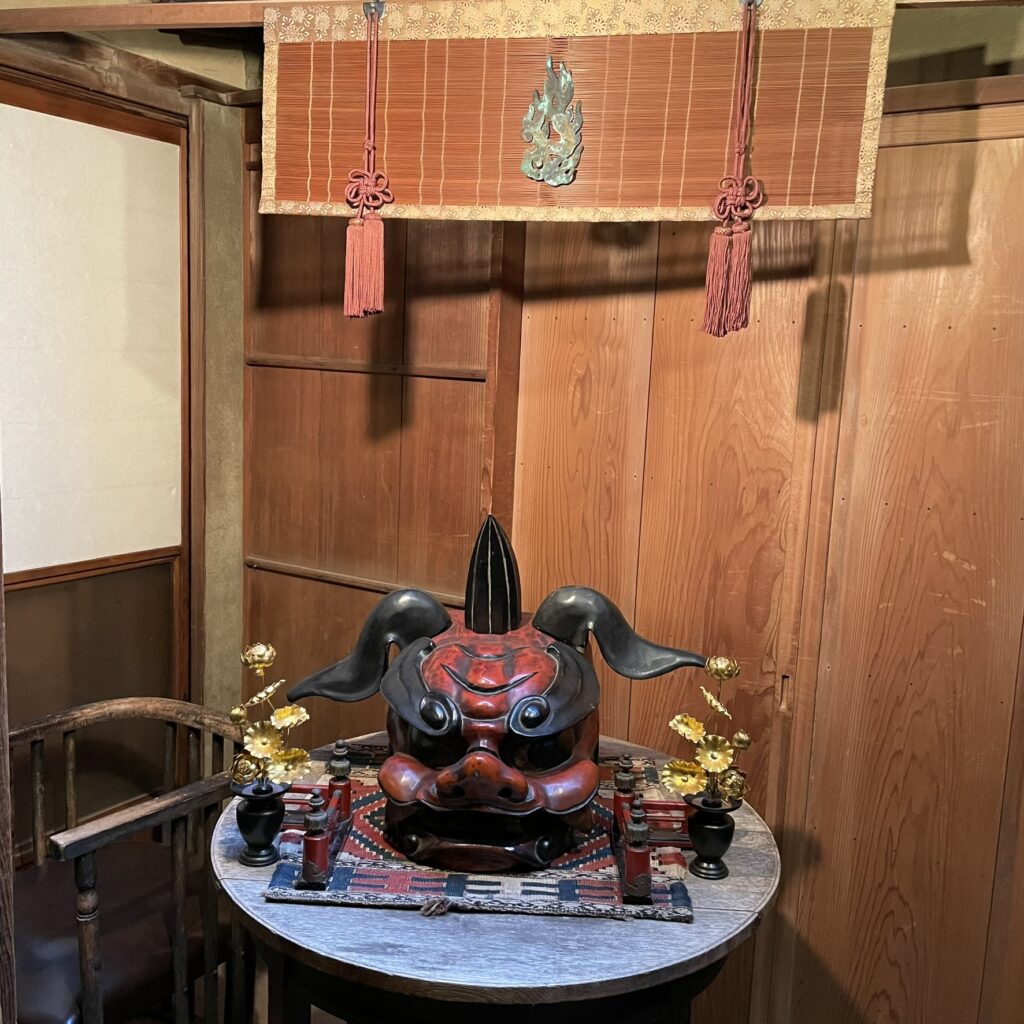
Edo woodblock printing is a unique Japanese technique involving multi-colored woodblock printing. It became popular as affordable prints for the common people during the Edo period, establishing the technique’s cultural significance.
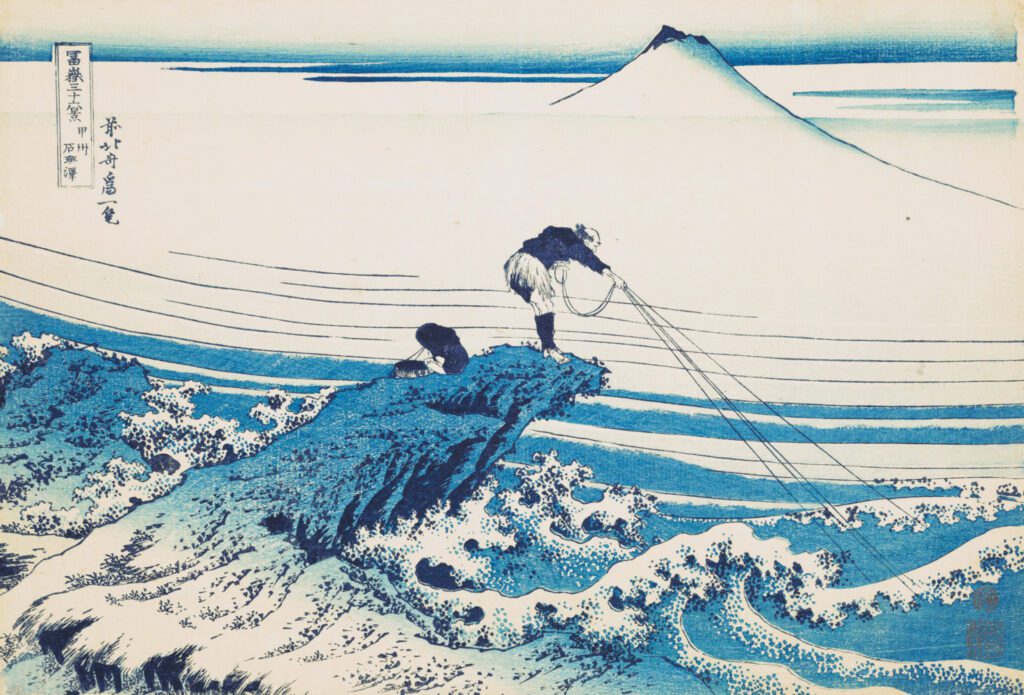
Edo woodblock printing involves a collaborative effort among four artisans: the painters (Eshi) who create the design; the carvers (Hiroshi) who carve each color block; the printers (Surishi) who layer the colors onto Japanese paper using a baren; and the publishers (Hanmoto) who oversee the entire process. This division of labor resulted in the development of highly sophisticated techniques unparalleled elsewhere.
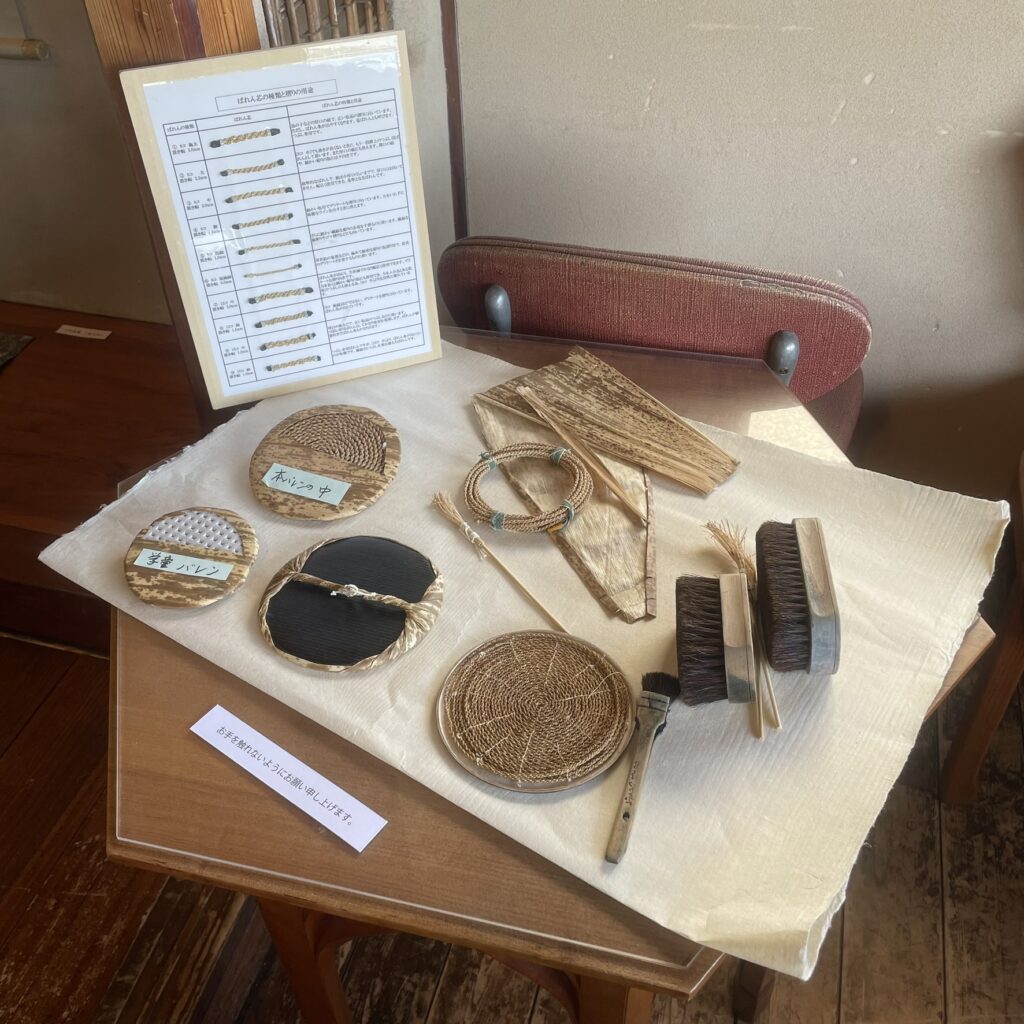
Publishers plan publications according to trends, commission designs from artists, allocate tasks to carvers and printers, procure materials such as woodblocks and paper, and even consider framing options before selling the finished prints. Paper is sourced from regions like Echizen (Fukui Prefecture), Awa (Tokushima Prefecture), and Tosa (Kochi Prefecture).
Starting January 2025, NHK will broadcast the historical drama “Berabou: The Dream Tale of Tsutaya Juzaburou.” Inspired by the ukiyo-e publisher Tsutaya Juzaburou (1750-1797), who discovered talents like Kitagawa Utamaro, Katsushika Hokusai, and Sharaku, this drama will likely renew interest in ukiyo-e prints.
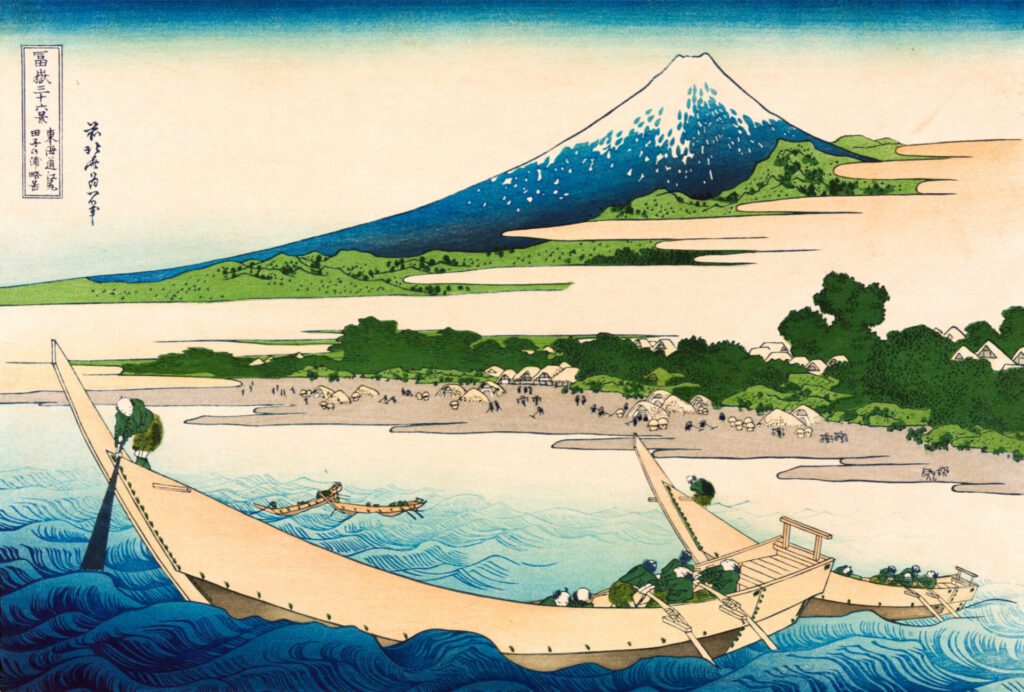
The adaptation of ukiyo-e publishers into a historical drama is expected to reignite interest in ukiyo-e prints. I recommend experiencing ukiyo-e printmaking before it gains renewed attention in 2025 and reservations at Takahashi Workshop become scarce. Please consider making your reservation early.
